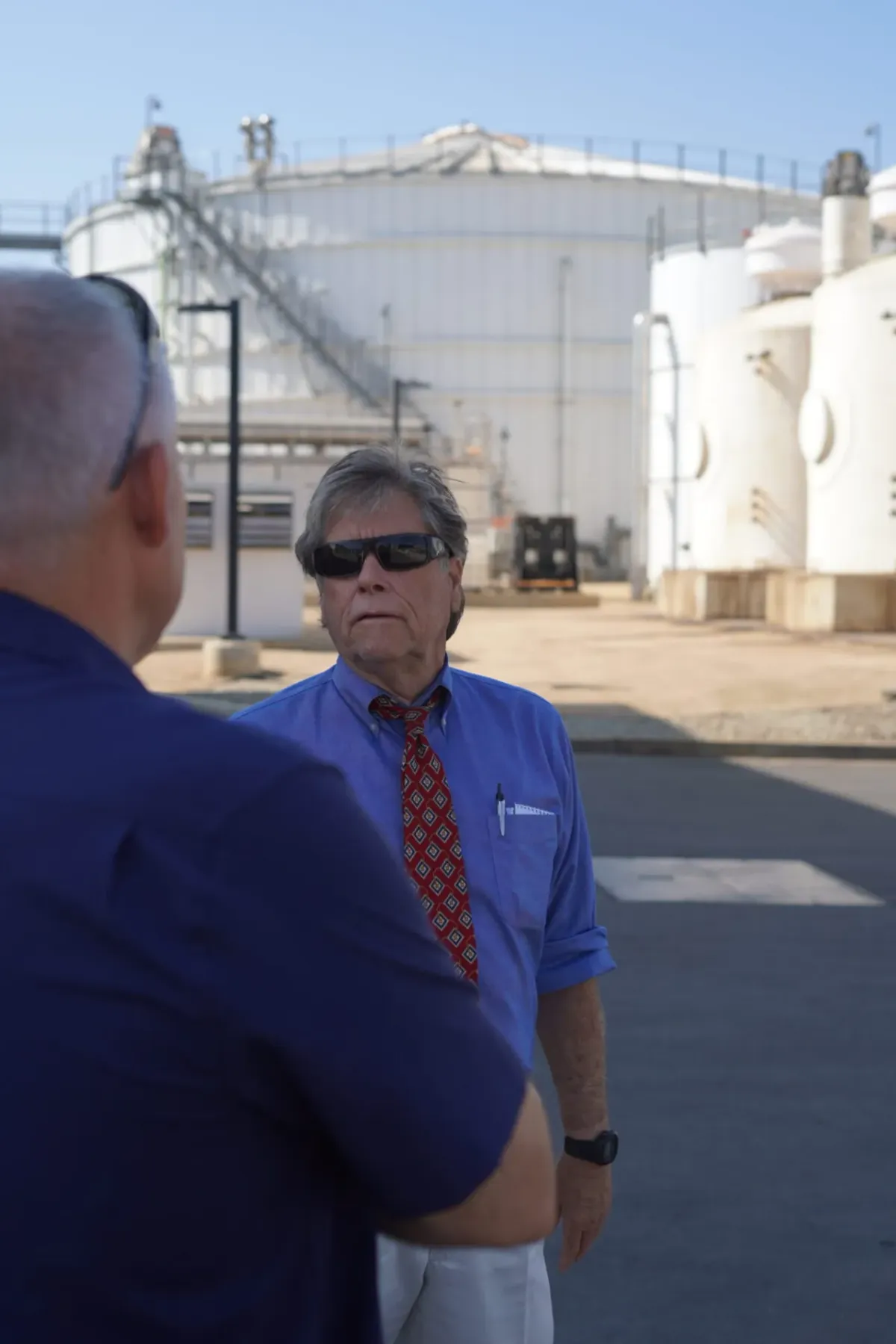San Bernardino’s Green Leap: Waste-to-Energy

In a progressive move to address climate change, California has implemented ambitious policies aimed at reducing greenhouse gas emissions. One such policy, Senate Bill 1383 (SB 1383), signed into law in September 2016, targets the reduction of methane and other short-lived climate pollutants (SLCPs). A key component of this strategy is reducing organic waste disposal by 75% by 2025. In alignment with these goals, the East Valley Water District’s Sterling Natural Resource Center (SNRC) has adopted cutting-edge digester technology, setting a new standard in environmental sustainability and resource management.
The Birth of a Vision: SB 1383 and the SNRC
The passing of SB 1383 provided a clear directive: reduce organic waste to curb methane emissions and combat climate change. In response, the SNRC embraced the challenge by integrating digester technology into its operations, with the Board of Directors unanimously approving the addition in March 2019. The SNRC’s mission to “Make Every Source a Resource” perfectly aligns with California’s broader environmental goals. By converting up to 130,000 gallons of imported organic waste streams per day into renewable energy, the SNRC is taking bold steps to turn waste into a valuable asset.
Premium Insider
Gain access to in-depth analysis and stay ahead with our monthly or yearly subscription, bringing you expert-driven articles tailored to keep you informed and empowered with the latest insights.
UnlockDigester Technology: Turning Waste into Renewable Energy
At the heart of the SNRC’s environmental initiatives is its state-of-the-art digester technology. This advanced system transforms organic waste into 3 megawatts of renewable energy daily, which is used to power the facility. This innovation not only promotes sustainability but also delivers significant financial benefits. The SNRC saves approximately $300,000 each month in energy costs that would otherwise go to traditional electricity providers like Edison.
The digester technology maximizes the utility of food waste, a common but often underutilized resource. By giving food waste a new purpose, the SNRC generates renewable electricity that offsets its operating costs. Any surplus energy produced is transferred back onto the grid, further contributing to California's renewable energy supply. Additionally, the byproduct of this process is used to create fertilizer, thus completing a sustainable cycle that benefits both the environment and agriculture.
